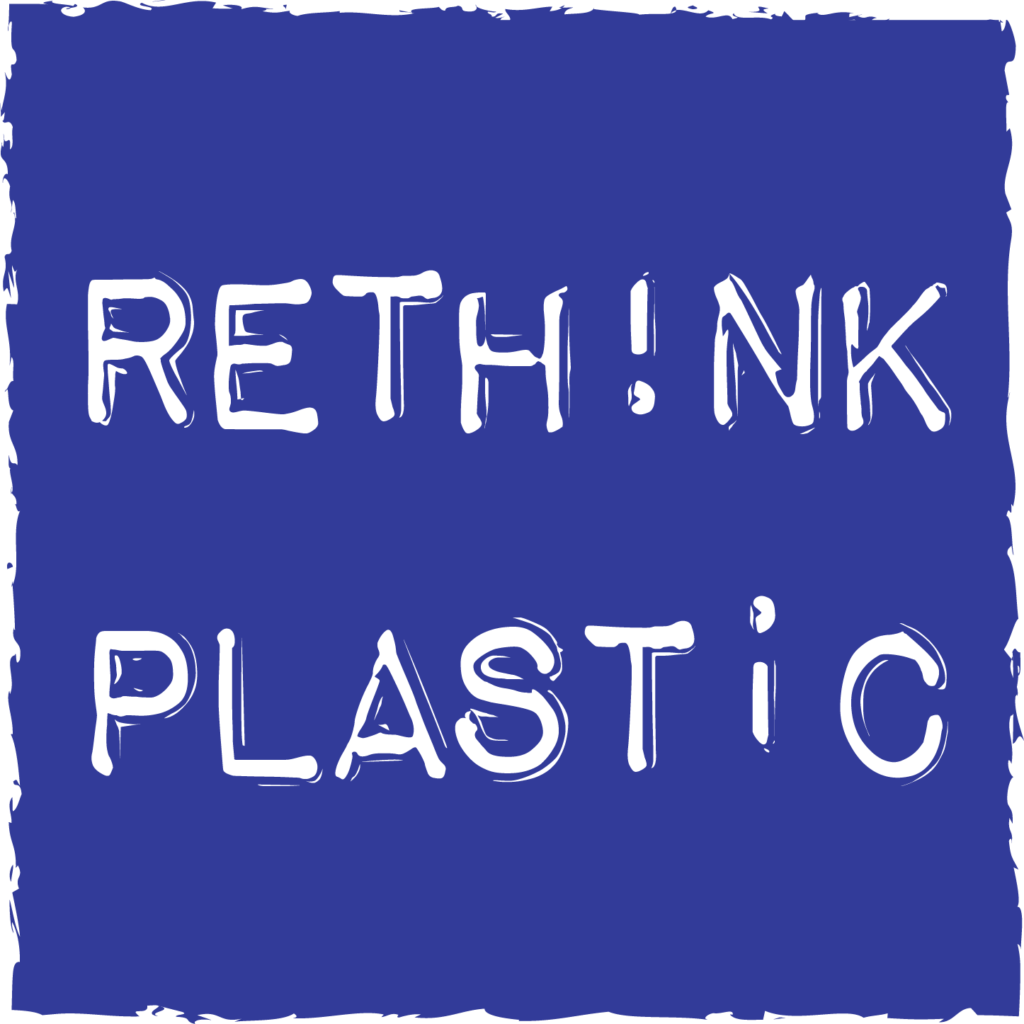NGOs Urge Members of European Parliament to Take Urgent Action to Reduce Microplastic Emissions from Tyre Abrasion
As Members of the European Parliament, your role is pivotal in delivering a 30% reduction in microplastics released into the environment by 2030 as per the EU target set in the Zero Pollution Action Plan. We, the undersigned non-governmental organizations (NGOs), are writing to urge you to take action to address the pressing issue of microplastic emissions from tyre abrasion.
23 June 2023
As Members of the European Parliament, your role is pivotal in delivering a 30% reduction in microplastics released into the environment by 2030 as per the EU target set in the Zero Pollution Action Plan. We, the undersigned non-governmental organizations (NGOs), are writing to urge you to take action to address the pressing issue of microplastic emissions from tyre abrasion. Owing to reductions in tailpipe emissions and the shift to zero-emission mobility, it is estimated that by 2050 up to 90% of particulate emissions from road transport in Europe will come from non-exhaust sources—namely tyres and brakes—representing the next frontier for regulatory efforts to improve air quality. Furthermore, non-exhaust vehicle emissions from tyres represent the second-largest quantified source of microplastic emissions in Europe, accounting for an estimated 450,000 to 500,000 tonnes per year, making tyre abrasion limits a priority for protecting both human health and the environment and critical to meeting the 30% reduction target.
Microplastics – plastic particles less than 5mm in size – have been found in human lungs, blood and the placentas of pregnant women. They can cause adverse effects on the reproduction, growth and survival of aquatic organisms, as well as potential negative impacts on soil ecosystems and plant growth. Tyre particles also include a number of harmful chemicals that can leach into the environment and affect human health, including polyaromatic hydrocarbons (PAHs), 6PPD and heavy metals such as zinc and lead. Furthermore, studies have shown a significant association between exposure to airborne particle pollution and human health risks, such as cardiovascular effects and respiratory problems. For tyre wear particles specifically, laboratory studies indicate inflammatory effects on human cells.
Given how critical reducing microplastic emissions is for safeguarding human health and protecting natural ecosystems, the Commission’s proposal for new Euro 7 vehicle emission standards, released in November 2022, seeks to establish tyre abrasion limits for the first time. Under this legislative process, the European Parliament has a new opportunity to protect the well-being of European citizens and our environment.
However, we are concerned by the proposed amendments on Recital 12 and Article 15 put forward by the rapporteur in the Committee on the Environment, Public Health and Food Safety, which aims to bind the measurement methods and proposing tyre abrasion limits to the work being undertaken by the GRBP/GRPE Task Force on Tyre Abrasion, conducted under the UN World Forum for Harmonisation of Vehicle Regulations (WP29). We are supportive of the work underway in WP29 and understand that global alignment on regulation (in particular testing methodologies) reduces complexity for the auto industry. However, requiring full alignment on the timeline and ambition of limits – with a still-to-be developed UN regulation – could unnecessarily delay the work to establish tyre abrasion limits within the EU and result in weak and ineffective pollution limits hence jeopardizing the EU’s ability to meet the reduction target set out in the Zero Pollution Action Plan and infringing on the EU’s sovereignty to set regulation.
We, therefore, call on Members of the European Parliament to empower the European Commission to propose secondary legislation, including the test method and abrasion limits for tyres by December 2024, taking into account findings from the WP29 process where applicable but allowing for higher ambition if the limits set by the UN regulation are weak or faster progress within the EU if there is no agreement or delays at the UN level. This would ensure that the EU is able to establish tyre abrasion limits by the end of 2024, as currently foreseen in the Commission’s Euro 7 proposal.
In addition, we invite the European Parliament to consider amendments to:
- Add a reference to the Zero Pollution Action Plan in order to, at a minimum, align future tyre abrasion limits to the targets set out in the plan.
- Clarify that type approval of tyres – a process to certify that the product meets specified requirements – will apply to tyre manufacturers and to all new tyres placed on the market, and not just to tyres intended for new vehicles approved under the Regulation.
- Request that the Commission prepare a report reviewing the chemical toxicity of tyre particle emissions and propose policy measures accordingly based on the findings of the report.
If adopted, such policy recommendations would mark a significant milestone in addressing microplastic pollution from tyre abrasion, setting a global precedent. Given the projected increase in microplastic emissions from tyres and their proven health and environmental impacts, urgent and binding action at the EU level is needed to address this problem at the source. With ambitious legislation on tyre abrasion, the EU can lead the way to tackle microplastic pollution globally, securing a cleaner and safer environment for all.
Signed:









